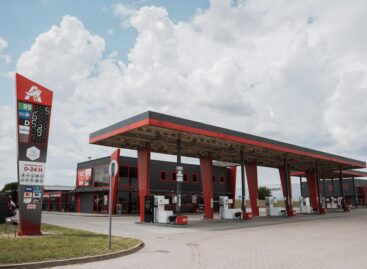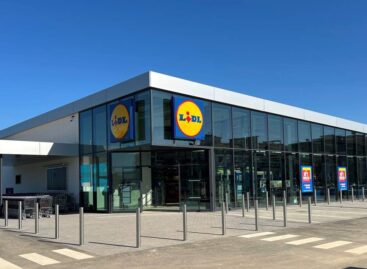Magazine: Trends of 2017 and expectations for 2018 in the Hungarian FMCG market (Part 1)
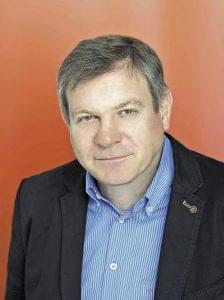
Dr. Ákos Kozák
managing director
GfK
GfK Hungária Market Research Institute held its annual FMCG year evaluating conference in March. GfK managing director Dr Ákos Kozák told in his presentation that retail trends between 2014 and 2017 showed an impressive, more than 5 percent increase. A 4-5 percent turnover growth is expected in the next 2 years. The GDP growth is likely to be around 4 percent in the next few years. As for consumer price trends until 2020, the inflation rate will be 2.8-2.9 percent.
Annual retail sales in Hungary amount to HUF 8,000-9,000 billion. Consumption growth is expected to be around 4.2 percent in 2018 and 3 percent in 2019. Mr Kozák closed his presentation with telling: the segment of Hungarian economy that drives the consumption of households will remain strong in the next 2 years.
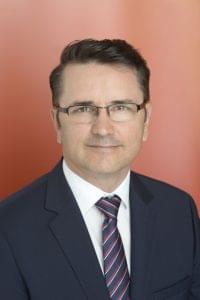
András Kuntner
business development manager
GfK
GfK business development manager András Kuntner was the next speaker, who revealed that per capita income to spend was EUR 6,204 last year. Hungary is ranked 30th in Europe in this respect, with the national index representing 44.5 percent of the average. Households spend 27 percent of their budget on FMCG products and 21 percent is used to cover utility costs. The market share of private label products grew a little in 2017, from 25 to 26 percent. Share of sales in promotion: there was a 1-percent drop in 2017 to 28 percent last year. 31.8 percent of personal hygiene products and 39.1 percent of laundry detergents and cleaning products were purchased in promotional periods in 2017. In the fresh food category the share of promotional sales was 23.8 percent, just like in 2016. Shopping frequency was down 5.4 percent but the basket value grew by 7.8 percent.
What about the market shares of different retail channels? Hypermarkets realised 24 percent of sales, and discount supermarkets improved their position by 2 percentage points to 21.2 percent. Consumers younger than 40 years like modern channels of retail; in this group the FMCG sales share of discounters increased the most in 2017, to 20.9 percent. However, hypermarkets remained to be the leading channel with a 32.5-percent share. If only food products are considered, hypermarkets’ share was 32.8 percent (down 6 percentage points), while discounters were at 24.1 percent (up 7 percentage points).
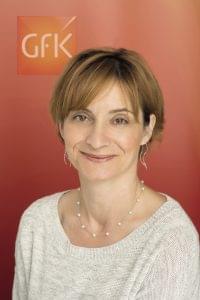
Rita Csillag-Vella
client service director
GfK
GfK’s client service director Rita Csillag-Vella and business development manager Tünde Turcsán analysed demographic changes and their influence on shopping habits in their presentation. Ms Csillag-Vella told that Hungary’s population was 9,797,561 in 2017, but by 2030 this number is forecasted to decrease to 9,047,193. In 2011 the proportion of citizens older than 65 years was 16.7 percent, and the estimation is that by 2060 this ratio will reach 33 percent.

Tünde Turcsán
business development manager
GfK
Ms Turcsán talked about what is characteristic of baby boomers and the Generation X. She made it clear: today it isn’t enough to talk about age groups and generational differences, as international trends reveal cross-age group consumption trends. This means that a new type of marketing communication strategy will be needed. The business development manager also introduced 3 global trends which are influential in the FMCG sector too: ‘late motherhood’, ‘active singles’ and ‘silver professionals’. //
Related news
Shoppers don’t want sustainable, but they want organic?
In Germany the proportion of people who regularly buy sustainable…
Read more >German consumers save a record amount on sustainable food
The propensity to buy sustainable products in Germany has fallen…
Read more >Retail’s share in household spending continues to fall in the EU
In 2023 spending in retail declined for the second year…
Read more >Related news
Small gas stations have taken a breather
Resolute action and mutual negotiation skills were needed to keep…
Read more >They want it to be premium, but also sustainable – expectations of the youngest generation
GlobalData’s latest report, “Demographics in Retail and Apparel” – which…
Read more >TikTok conqueror: Dubai chocolate craze at Lidl
As the Christmas holidays approach, there is an increasing demand…
Read more >




